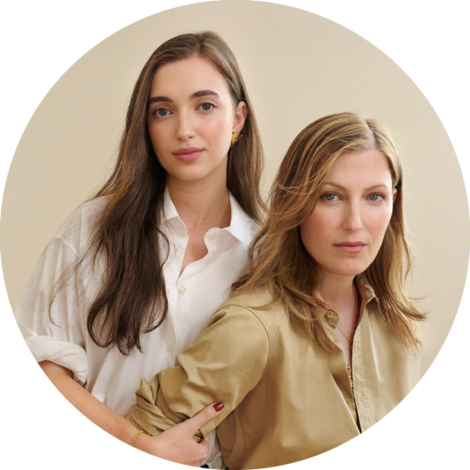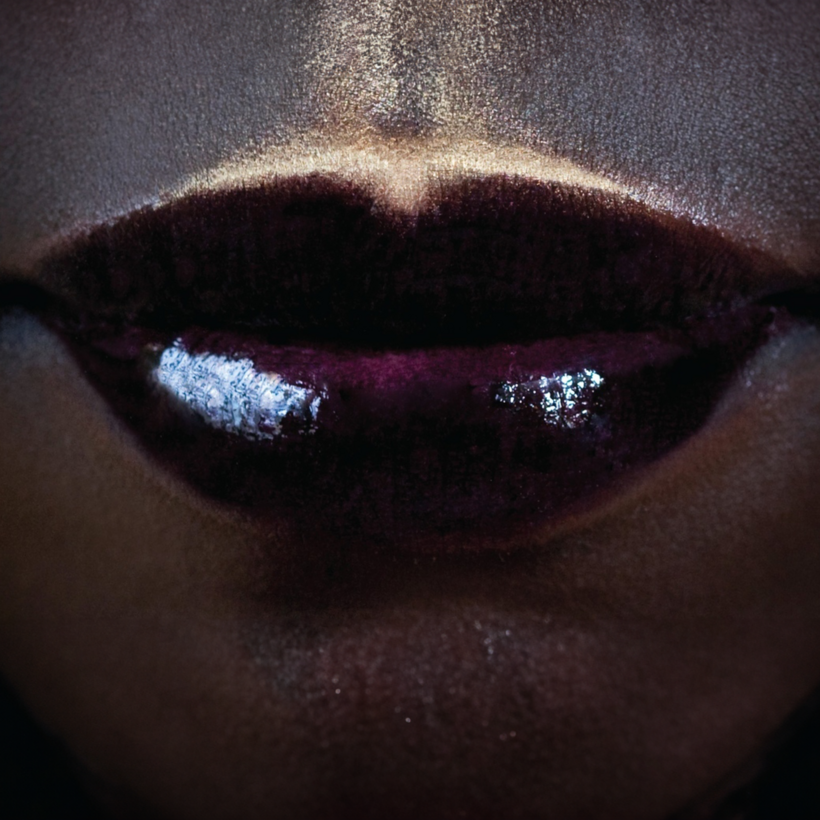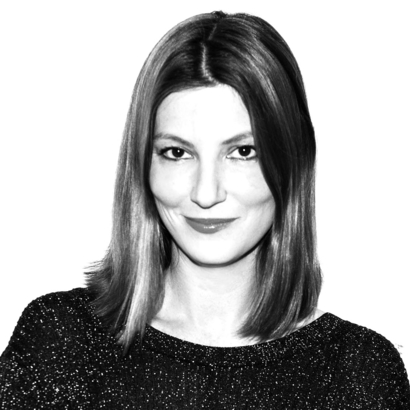In my family, we wear Clinique. When I was 13 and wanting in, my grandmother tried to appease me with what she called “the yellow lotion.” Fat chance. What I needed, and needed desperately, was Almost Lipstick in Black Honey.
In the mid-90s, Black Honey was the only makeup that mattered, at least to my friends and me. The good people at Dillard’s department store understood this and processed the exchange. In my slip dress and flower-printed Doc Martens, I strode out to the acre-size parking lot, newly interesting lips glinting under the Kansas sun. Teenage me was launched.
Adolescence in Wichita, a Midwestern city with 400,000 souls, a football preoccupation, and an O.K. zoo, was mostly a non-event, the basic business of growing up. The rest of the world felt very far away, although magazines, movies, and TV provided some clues. We consumed and discussed them intently. Dreamy Liv Tyler in Inventing the Abbotts, love-afflicted Clare Danes in My So-Called Life, corruptible Reese Witherspoon in Cruel Intentions, along with Courtney Love, Kate Moss, and Chloë Sevigny—these were our muses. And their connective tissue was Black Honey.

We knew this thanks to Seventeen and Sassy, our manuals for living. Black Honey was the first millennial product to be truly fetishized; its burgundy-tinged blackberry hue was rumored to work on everyone, and somehow, it did. It wasn’t a color so much as a flush, with just enough gloss to communicate the key message: kissable. Maybe even more.
Even in the 90s, Black Honey wasn’t new. Clinique founder Carol Phillips launched it in 1971 as one of a six-shade gloss range called the Honeys. Back then, its allure was its texture—a less gooey, everyday alternative to the sticky after-hours stuff at the time.
Its burgundy-tinged blackberry hue was rumored to work on everyone, and somehow, it did.
In 1989, Black Honey was transformed from a gloss pot into a long bullet encased in a chrome tube that was as pleasing to hold as a Marlboro Light. Even sliding it into the back pocket of low-rise Guess jeans felt renegade. It clung to the lips like the residue of a grape Popsicle, and we all had to have it, even though it cost $18 and an after-school job at Orange Julius paid $4.25 an hour.
My friend Alisha used it as a personality test. Girls whose Black Honeys ended in a sharp tip were volatile, impulsive, not to be trusted. A flattish nub meant honest and reliable. By the time we were juniors, there must have been hundreds of tubes circulating among our 42 female classmates, stashed away in Le Sac bags, Kipling pencil cases, and Ford Bronco cup holders. It was everything we wanted. Why would we stray?
But eventually, we grew up, as people do, and moved on to the browns seen on Carolyn Bessette and peak-Friends Jennifer Aniston. Clinique became child’s play, and we graduated to Bobbi Brown. For our 18th birthdays, we all wanted her 10-shade lip palette, but in the meantime, we settled for Revlon’s Coffee Bean and Jane Cosmetics’ Browned Down Red.
After college, we stopped drinking cosmopolitans and fully retired Black Honey, but now, both of those look like bad decisions. Thirty years later, Black Honey is Clinique’s best-selling lipstick again, due, in part, to TikTok’s out-of-nowhere fixation on Tyler’s character in The Lord of the Rings.
Last summer, I was visiting my parents when, in a pang of nostalgia, my friend Carly and I killed time in Dillard’s. We hadn’t shopped there in nearly 20 years, but the Clinique counter was essentially unchanged. I don’t need to tell you what we bought, but I’ve been flushed ever since. Now, my daughter wants to wear Black Honey to the Taylor Swift concert. Who I am to deny her?
Ashley Baker is the Executive Editor at Air Mail Look





